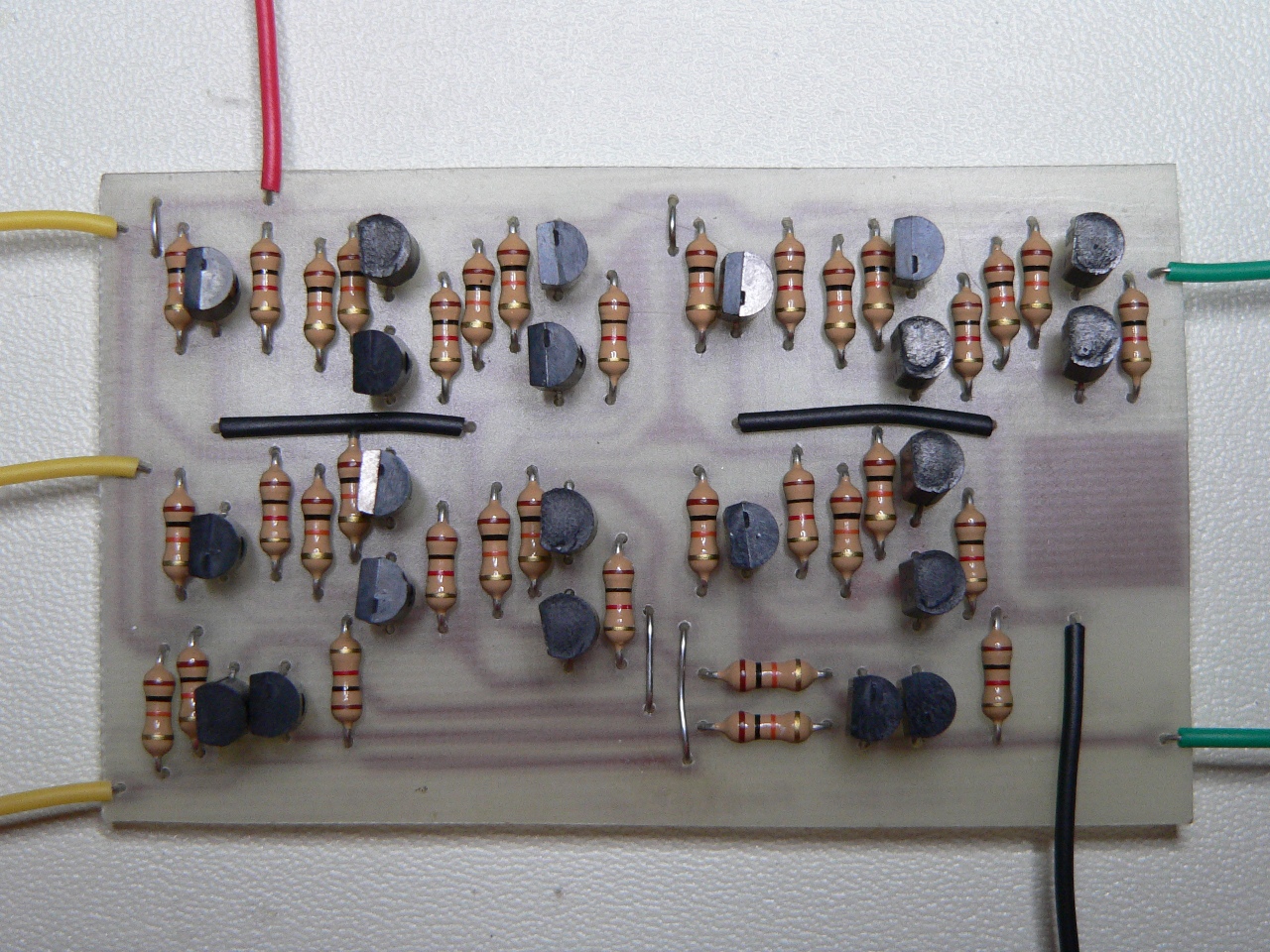

Shockley's later design, the "bipolar junction transistor", was superior and replaced the earlier type. The "point-contact" transistor was composed of two hair-thin wires resting on a small piece of Germanium (a semiconducting metallic element).

However, the initial design built by the Brattain and Bardeen, called the "point-contact transistor", was later updated by an improved model designed by Shockley. Brattain and Bardeen came in to actually help Shockley build the physical model, which he had unsuccessfully attempted before. Shockley developed the scientific theory behind the transistor, dedicating nearly a decade of his time to the research. The development of the transistor took place at Bell Labs, the research division of AT&T. There were three important individuals behind the transistor's development, William Brattain, John Bardeen, and William Shockley. In the early 1950's, IBM touted that Transistors only consumed about 1/10th the power and weighed 1/100th as much as equivalent vacuum tubes.ĭecemwas the day the transistor was first successfully tested. Before the era of transistors, having a radio in your home meant acquiring a large piece of furniture. Vacuum tubes were bulky, and they required a lot of power to operate. Prior to transistors, vacuum tubes were the only option to provide this amplification. In order for electronic signals to be transmitted in a device, some other signal needs to amplify and control them. The role of the transistor in the development of electronic devices is similar to that of the integrated circuit. Transistors, which are used to amplify and control electrical current, have played an important role in computing, radio, TV, and even space travel. The transistor was a crucial element in the development of better performing and more accurate electronic devices.


 0 kommentar(er)
0 kommentar(er)
